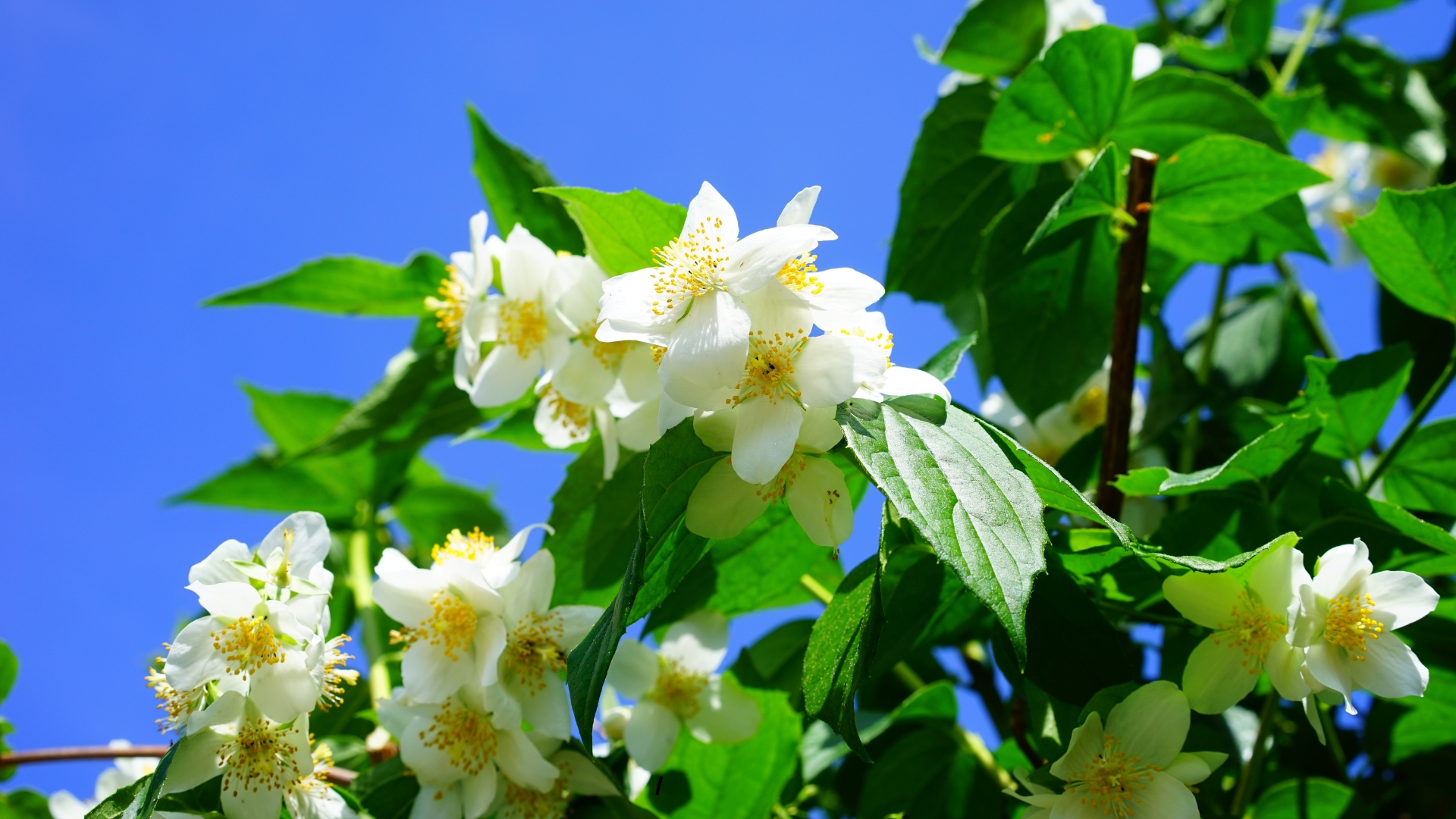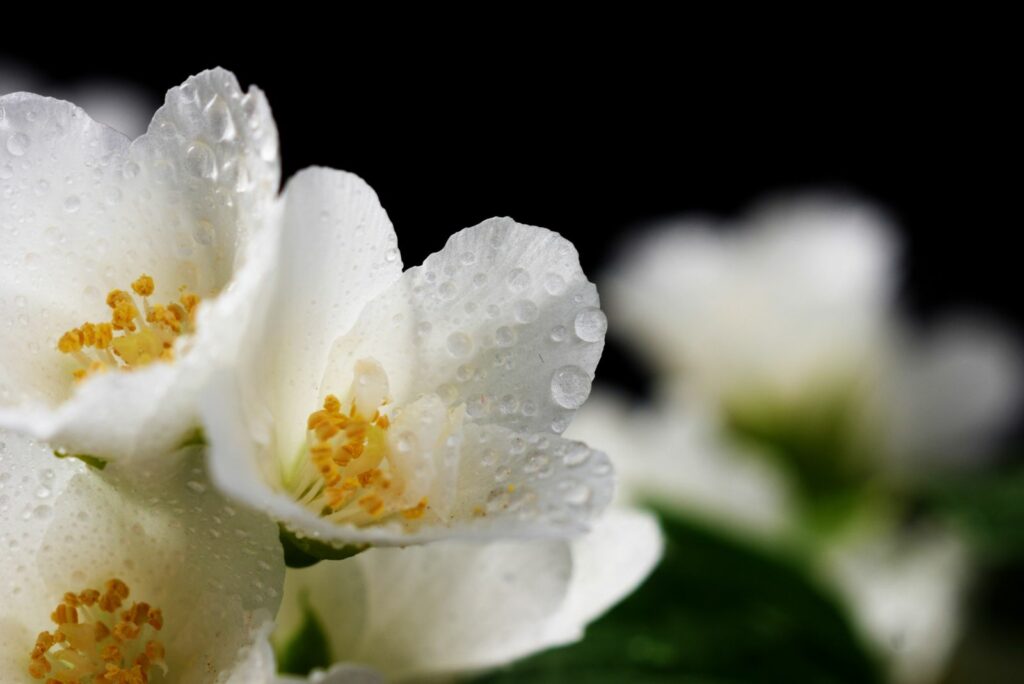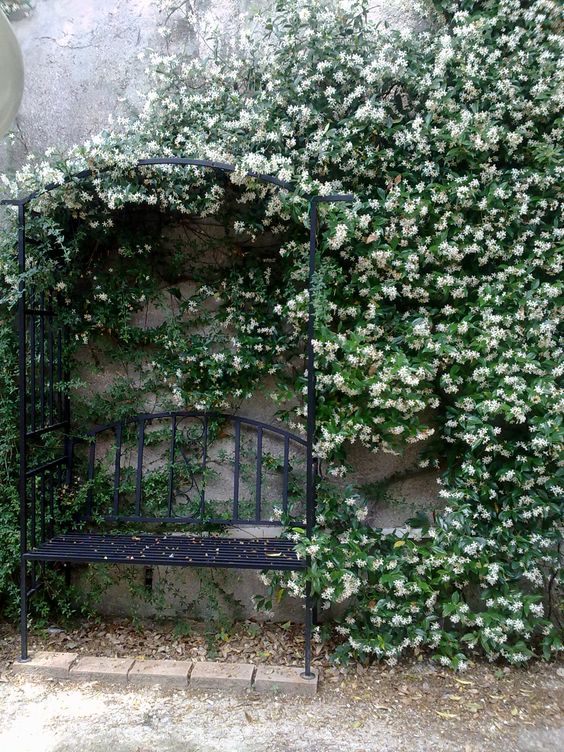Enchanting pink and white blossoms with a sweet fragrance make jasmine a top pick for gardeners around the globe.
May I say that I’m one of those gardeners? Jasmine has been a part of my garden for years and steals the spotlight whenever it’s in full bloom. And trust me, I grow many beautiful flowers.
This splendid climber isn’t fussy about its growing conditions, so it’s a perfect choice for all of you beginners out there!
But, no matter how desperately we want it, jasmine won’t grow on its own; we need to ensure the right conditions.
Luckily, the list of chores for this beautiful flower is short and sweet, and from my experience, there are only 4 must-dos for the plant to flourish!
Sit tight, I’ll guide you through each one!
1. Don’t Let Your Jasmine Dehydrate
Jasmine flowers during the hottest months of the year, so I guess it’s pretty obvious that it’ll need a lot of water.
The thing is that jasmine isn’t a heavy drinker like other common blooming plants, but we should never leave it dehydrated.
It’s not only about the blossoms but rather the overall health of the plant, and trust me, you don’t want to risk anything.
I wish I could tell you there’s a strict rule on when to water jasmine, like adding water every Sunday at 1pm, but that’s not how the cookie crumbles in the world of gardening…
A rule of thumb is to check the soil every few days by sticking in a finger or using a moisture meter. If you’re a beginner, the latter is your best bet.
If the soil surface is dry, give your jasmine a good soak.
2. Staking Is Your Golden Ticket To Lush Jasmine
Jasmine is one of the most famous vining plants, and believe it or not, it can grow up to three feet in a single growing season. How remarkable!
But this means you’ll need to ensure structural support if you don’t want the plant to topple over. And no, you can’t skip this task, because there’s no way your jasmine will grow as a ground cover.
There are countless options for staking the jasmine plant but my favorites are pergolas, trellises, and obelisks.
Alternatively, attach your jasmine to a wall or a fence, and enjoy the view!
When you’re staking the plant for the first time, make sure the structural support you choose is super close to the plant base. Garden twine is definitely the best choice for securing the vines.
Just make sure it’s loose since you don’t want to prevent the vines from growing.
I have to remind you that this isn’t a one-time job. You’ll need to do it all season long for as long as your jasmine displays new growth.
3. Feed It To Boost Flower Production
The third task on our list is to feed jasmine and encourage it to bloom abundantly by giving it more nutrients.
Jasmine isn’t a heavy drinker and the same can be said for fertilization.
You have two options here. The first one is to lightly feed the plant throughout spring and summer using fertilizers rich in phosphorus. Bloom boosters are widely available and don’t cost a fortune.
If you’re using this method, make sure to stop feeding as soon as the plant stops flowering.
The second option is more suitable for lazy gardeners and, of course, it’s the one I use. Simply add a slow-release fertilizer once the growing season begins, and you’re good to go!
4. Don’t Forget To Pinch Out New Growth!
We’ve come to the last task of the to-do list in the blink of an eye! So, the last thing you need to do is pinch out new jasmine growth.
The main goals of this method are encouraging more side shoots and bushier growth. Remember that jasmine is an excellent plant for privacy, so we do want it to be fuller (sorry, nosy neighbors).
I always pinch back about ⅓ of the new jasmine growth along with the growing tips. After that, I tie the stems to support the side shoots and horizontal growth.
Even though you can complete this task using your hands, I highly recommend clean and sharp secateurs for neater cuts!
My fellow gardeners, we’ve completed our to-do list – at least the instructions. Now it’s your turn! Use these tips and make your jasmine the envy of the neighborhood! Good luck!




